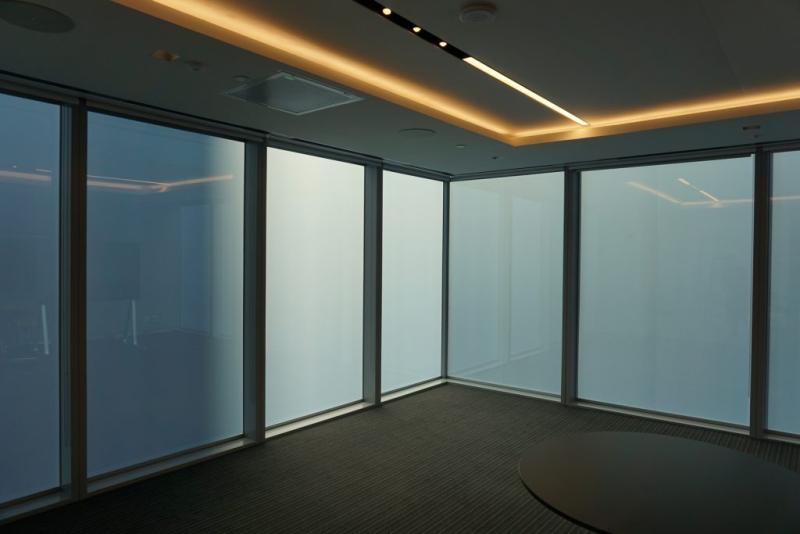Transforming Enterprise Operations: The Potential of Heads-Up Display Glasses in Business and Industry
What are Heads-up display glasses?
Heads-up display glasses are a form of wearable augmented reality technology that superimposes computer-generated information onto the real-world view of the user. Unlike VR headsets that completely immerse the user in a digital environment and block out the real world, heads-up display glasses allow the user to see the physical world while also seeing digital overlays such as notifications, navigation instructions and more through the lenses. Some key features of heads-up display glasses include:
- Head-mounted display: The computer-generated content is displayed via a transparent display embedded in the lenses or projected onto the lenses. This allows the user to see both digital and real-world views simultaneously.
- Camera: Integrated cameras allow heads-up display glasses to recognize gestures, objects and environments to enable context-aware augmented reality interactions.
- Connectivity: Built-in WiFi and Bluetooth enables heads-up display glasses to connect to the internet and other devices to access and share data. Some models also support cellular connectivity.
- Sensors: Integration of sensors like accelerometers, gyroscopes and GPS allow heads-up display glasses to be aware of location, orientation and movement for more immersive augmented experiences.
Applications in Business and Industry
Smart Glass have huge potential for businesses across various sectors to enhance processes and drive new workflows. Some key enterprise applications of heads-up display glasses include:
Field Service and Repair
Field service technicians can use heads-up display glasses to access remote assistance, manuals and schematics right in their field of view. Hands-free instructions and annotations over the real environment enable faster task completion. Remote experts can also see what the technician sees and draw on it to demonstrate steps. This reduces service times and costs.
Warehouse Management and Logistics
Workers in warehouses and distribution centers can use heads-up display glasses connected to inventory databases to scan goods, identify pick locations and paths with real-time navigation cues. Systems can also detect anomalies and issues, improving accuracy and efficiency of operations.
Manufacturing and Assembly
Industrial workers assembling or maintaining complex machinery can access virtual guides, checklists and schematics through heads-up display glasses. Computer vision capabilities allow remote demonstrations and inspection. Issues can be identified and addressed in real-time, minimizing production downtimes.
Training and Education
Heads-up display glasses enable new hands-on training models with interactive 3D models, procedures and tests over real objects and environments. Trainees can practice, discuss and document skills even from remote locations under expert guidance and assessments. This makes training scalable and affordable.
Remote Assistance and Collaboration
Field technicians, engineers and remote experts can collaborate by sharing heads-up display glasses views in real-time. Experts can see issues, annotate steps directly over user's view and guide repairs. Enterprises save costs of frequent travel for oversight and support while improving resolution times.
Challenges and Future of Smart Glass
While heads-up display glasses offer immense opportunities, certain challenges need to be addressed for wider adoption:
Bulky Design and Weight
Current heads-up display glasses are bulky and heavy compared to regular eyeglasses due to batteries and processing units. This affects comfort during prolonged use required in enterprise settings. Future form factors need to be lighter and fashion-forward for user acceptance.
High Price Points
Pioneer heads-up display glasses targeted at businesses are quite expensive, limiting deployments. Cost reductions through economies of scale and newer technologies will make heads-up display glasses affordable for mass deployments across organizations.
Privacy and Security Concerns
As heads-up display glasses integrate cameras and microphones, there are valid concerns around data privacy, confidentiality of information accessed, physical security and potential surveillance issues that need addressing through governance, regulations and product designs.
Limited Use Cases
While applications exist across segments, heads-up display glasses are still in early deployment stages. Wider creativity is required to identify novel real-world solutions that enhance workflows significantly and justify investments. This will accelerate adoption beyond pilot testing.
In conclusion, though nascent, Smart Glass have enormous potential to elevate business operations through augmented reality when designed ergonomically and deployed strategically across optimized use cases. Advancements in relevant technologies, evolving regulations and increasing creativity around applications will drive their mainstream adoption in enterprises over the next decade.
Get more insights on This Topic- Smart Glass
Explore More Articles- Life Science Tools Market
